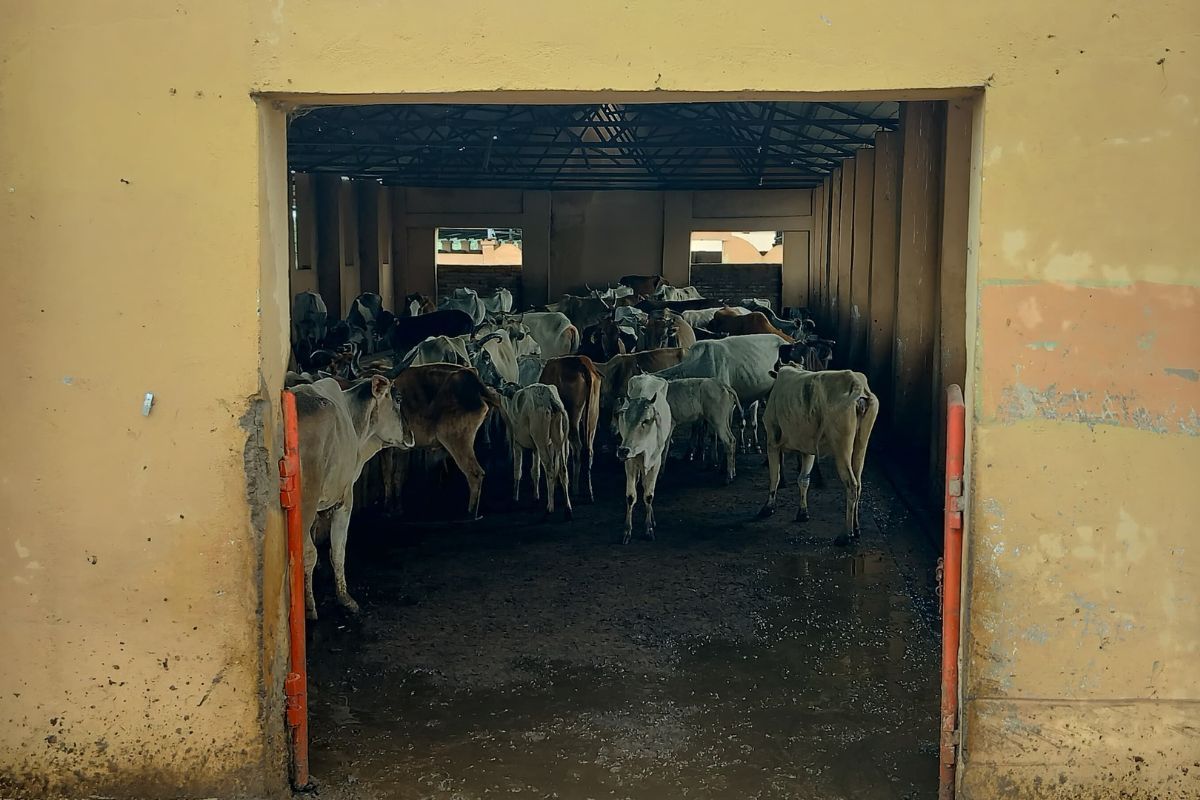On March 28, 2023, the Minister of Energy, RK Singh, informed the Rajya Sabha that India’s thermal power plants produced 0.9675 metric tons of carbon dioxide per megawatt-hour during the 2021-22 period.
According to the Minister, several power plants have implemented advanced technologies to enhance their efficiency.
Due to the COVID-19 pandemic, the entire Flue Gas Desulfurization (FGD) planning, tendering, and implementation process was severely affected.
Geopolitical conditions have also affected the importation of certain FGD components that are not manufactured in India, which has also led to supply disruptions.
Therefore, the Ministry of Energy (MoP) had requested the Ministry of Environment, Forests and Climate Change (MoEF&CC) on 03.05.2022 to grant an additional two-year period of time to thermal power plants in addition to the deadlines set in the MoEF&CC Notification dated 03.31.2021, for the Flue Gas Desulfurization (FGD) installation.
Subsequently, the MoP requested the MoEF&CC on 29 July 2022 for phased implementation of FGD in the manner (5 Phases until July 2034), as recommended by the IIT Delhi in a study commissioned by the MoP to assess compliance. of new emission standards by thermal power plants in India.
The details regarding Carbon Dioxide (CO2) emissions by Thermal Power Stations in Metric Ton per Mega Watt hour (MWh) generation for the last five years is as follows:
| Year | CO2 Emission(tCO2 /MWh) |
| 2017-18 | 0.9598 |
| 2018-19 | 0.9648 |
| 2019-20 | 0.9603 |
| 2020-21 | 0.9493 |
| 2021-22 | 0.9675 |
Steps taken to reduce emission by Thermal Power Companies
- Thermal Power Stations must meet environmental pollution standards set by MoEF&CC.
- Many TPPs have adopted efficient technologies such as subcritical to ultra-supercritical to improve efficiency, reduce coal consumption, and lower emissions.
- A total capacity of 63170 MW of supercritical and ultra-supercritical units have been commissioned as of March 13, 2023.
- Approximately 18362.24 MW of inefficient and old thermal power generation units have already been retired as of December 31, 2022.
- Ministry of Power issued a revised policy on Biomass Utilization for Power Generation on October 8, 2021, allowing 5-10% blend of biomass pellets with coal.
- Thermal Power Plants with a total capacity of 181 GW are covered under Perform, Achieve, Trade (PAT) Scheme, and given mandatory targets to reduce specific energy consumption.
- As per revised NDCs submitted to UNFCC in August 2022, India aims to achieve 50% of cumulative electric power installed capacity from non-fossil fuel-based energy resources by 2030 to reduce GHG emissions.
Support us to keep independent environmental journalism alive in India.
Keep Reading
Part 1: Cloudburst in Ganderbal’s Padabal village & unfulfilled promises
India braces for intense 2024 monsoon amid recent deadly weather trends
Follow Ground Report on X, Instagram and Facebook for environmental and underreported stories from the margins. Give us feedback on our email id greport2018@gmail.com.
Don’t forget to Subscribe to our weekly newsletter, Join our community on WhatsApp, and Follow our YouTube Channel for video stories.









